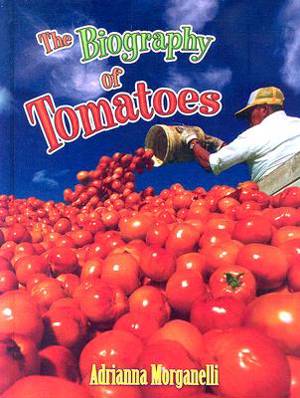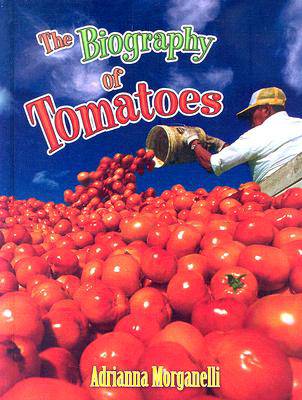
- Afhalen na 1 uur in een winkel met voorraad
- Gratis thuislevering in België vanaf € 30
- Ruim aanbod met 7 miljoen producten
- Afhalen na 1 uur in een winkel met voorraad
- Gratis thuislevering in België vanaf € 30
- Ruim aanbod met 7 miljoen producten
Zoeken
€ 42,45
+ 84 punten
Uitvoering
Omschrijving
Fruit or vegetable? Poisonous or 'love apple'? A staple of South America, the tomato made its way to Europe through conquest and trade where it was considered poisonous for hundreds of years. Eventually disproved, tomatoes became known there as love apples. This fact-filled new book describes the tomato's history and how tomatoes have become a major part of our diet, whether uncooked or in sauces, pizzas, curries, and condiments. Interesting facts include - how ancient South Americans began to cultivate the wild tomato - the tomato's spread from South America all over the world - the tomato's connection to folktales about werewolves - why today's commercial farm-grown tomato is seven times less nutritious than a tomato grown 50 years ago - the harvesting, processing, and marketing of tomatoes and tomato products Teacher's guide available.
Specificaties
Betrokkenen
- Auteur(s):
- Uitgeverij:
Inhoud
- Aantal bladzijden:
- 32
- Taal:
- Engels
- Reeks:
Eigenschappen
- Productcode (EAN):
- 9780778724940
- Verschijningsdatum:
- 15/03/2007
- Uitvoering:
- Hardcover
- Formaat:
- Genaaid
- Afmetingen:
- 220 mm x 246 mm
- Gewicht:
- 335 g

Alleen bij Standaard Boekhandel
+ 84 punten op je klantenkaart van Standaard Boekhandel
Beoordelingen
We publiceren alleen reviews die voldoen aan de voorwaarden voor reviews. Bekijk onze voorwaarden voor reviews.











